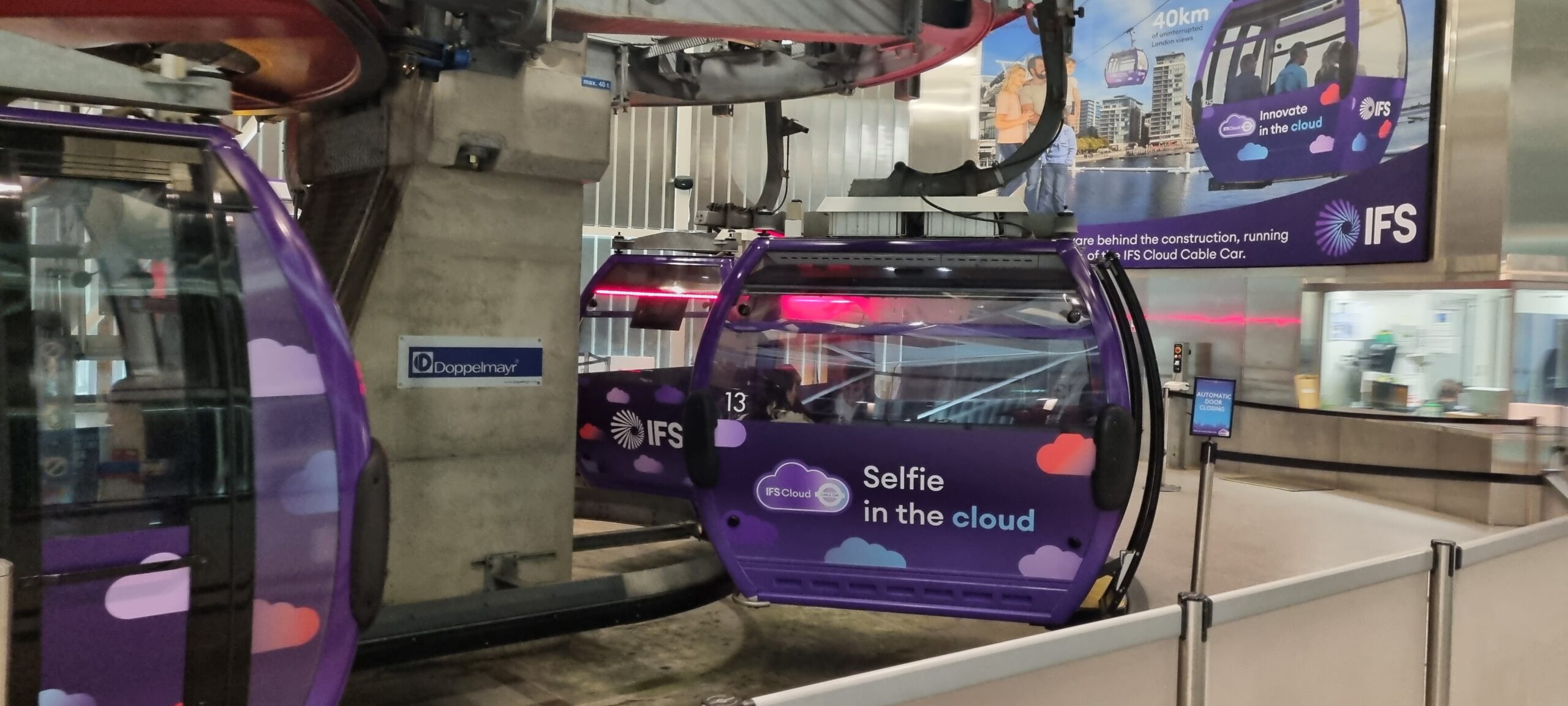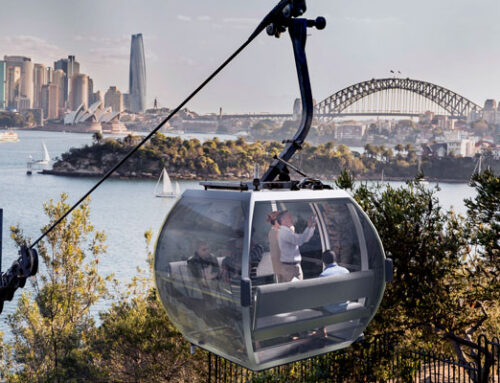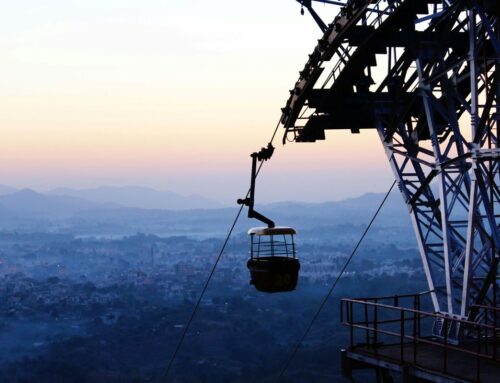
SI-Urban, Tourism
New study by BPD on urban cable cars
Study draws inspiration from international examples
In alpine terrain, cable cars are well known to most people. However, it’s a different story in cities. Yet, well-known examples like in Medellín, Bogota, or the Bolivian capital La Paz also demonstrate the benefits of cable cars for public transportation.
In Europe as well, there are current examples of projects that are already successfully operating, in planning stages, or even unrealized. The longest urban cable car has been operational in Toulouse since 2022, and a cable car has been connecting the Greenwich and Docklands neighborhoods in London since 2012.
In Germany, in autumn 2022, the Federal Ministry of Transport introduced a guideline for municipalities and transport associations to promote the integration of cable cars into urban mobility.
A multitude of positive “cable car effects”
Based on workshops and interviews with experts from urban and transportation planning, administration, politics, cable car manufacturers and operators, as well as citizens, the study defines a variety of positive impacts and characteristics of urban cable cars. The key “cable car effects” include:
- Urban cable cars can serve as an alternative for public transportation in new urban areas.
- Urban cable cars are an accessible and non-discriminatory mode of transportation.
- Cable cars generate minimal noise and no air pollutants, making them an environmentally friendly mode of transport.
- Urban cable cars cause minimal land sealing and do not create geographical separation between urban areas.
- They don’t compete with established transportation modes for limited urban space.
- Cable cars can easily overcome obstacles like topographical differences, bodies of water, roads, railway areas, or industrial zones.
- The carbon footprint of a cable car is significantly lower than that of conventional systems.
- Cable cars can be powered by renewable energy.
- Cable cars are cost-effective in operation and staffing, and they can be implemented quickly compared to other transportation systems.
- Cable car cabins and stations provide spaces for interactions and communication.
- Cable car stations can integrate businesses, gastronomy, and social uses, aside from their transportation function.
- Cable car stations can act as focal points in the heart of neighborhoods, contributing to their identity.
- However, the experts also identified challenges of urban cable cars, including the fixed point-to-point connection, shading by cabins, and the integration of cable supports into the urban environment.
Cable cars as a component of urban mobility concepts
“As with any infrastructure or new construction project, involving the population in the planning and implementation is of essential importance,” says Han Joosten, Head of Area Development at BPD. “And, of course, transport companies and municipal transportation and planning departments must be included in discussions early on. The conclusion of our study: Cable cars should be considered in feasibility studies for urban mobility concepts. Because the benefits are clear: sustainability, fast construction times, relatively low space requirements, and station buildings that offer many added values to a city quarter. What we need: integrated planning with an open-minded approach and the courage to take unconventional paths.”
Han Joosten
Head of Area Development at BPD
“The goal is to develop our cities in a sustainable, resilient and socially just way – especially in view of the increasing number of inhabitants, demographic development and climate change. A central component of this is the change in mobility. We need a well-developed public transport system that is at the same time climate-neutral, barrier-free and safe. We wanted to take a closer look at the contribution that urban ropeways can make to this.”







